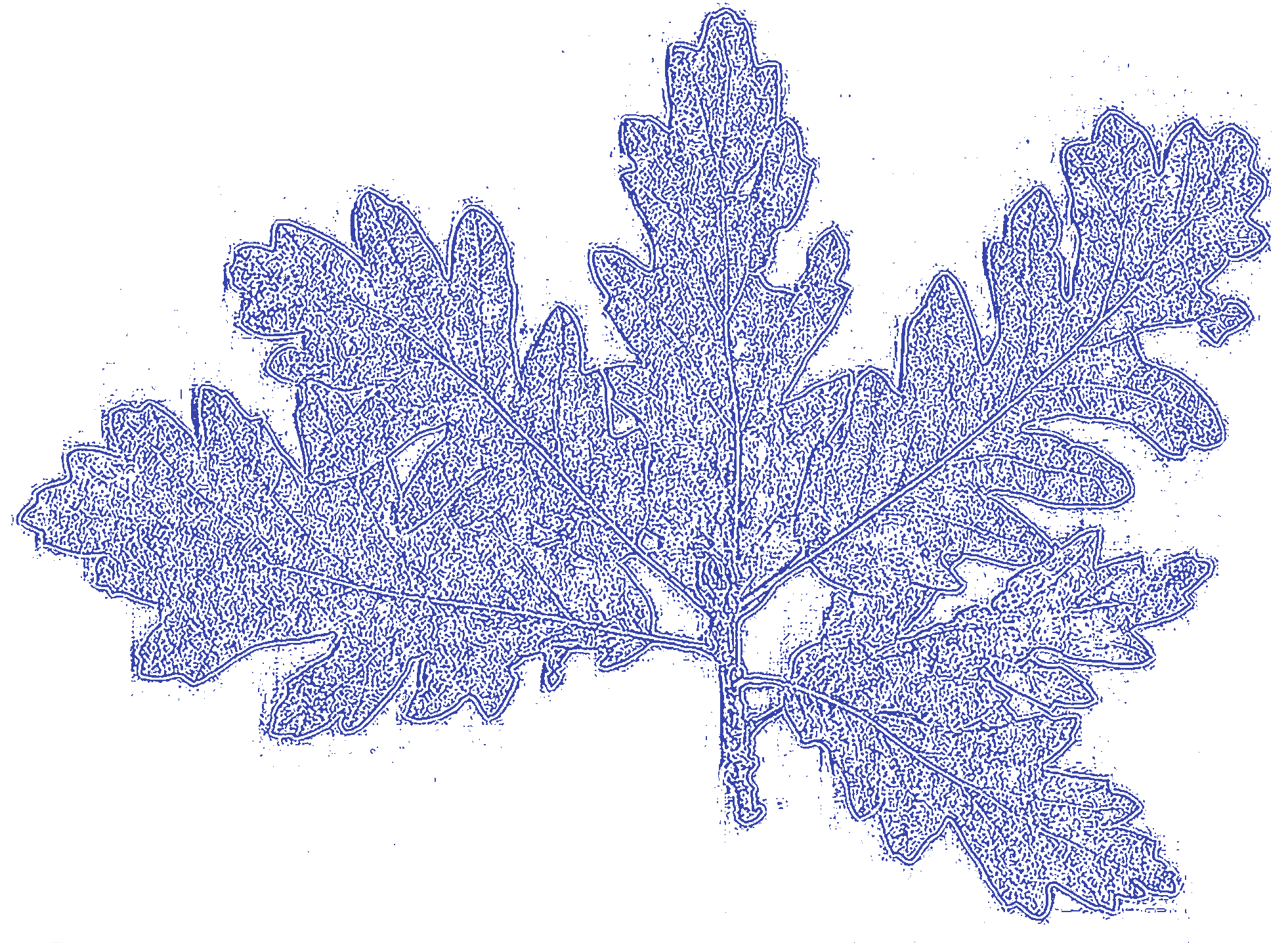Conformational analysis of edta-type rhodium(III) complexes with mixed five- and six-membered chelate rings. Structural analysis of conformational flexibility in rhodium(III) complexes containing 1,3-propanediamine-N,N′-diacetate-N,N′-di-3-propionate ligand
Само за регистроване кориснике
2006
Чланак у часопису (Објављена верзија)

Метаподаци
Приказ свих података о документуАпстракт
Conformational analysis of the three possible geometrical isomers: trans(O5), trans(O5O6) and trans(O6) of the sexidentate [Rh(1,3-pddadp)]- complex, and of the 10 possible isomers: four cis-equatorial, four cis-polar and two trans-equatorial of the quinquedentate [Rh(1,3-pddadp)Cl]2- complex was performed using the consistent force field (CFF) method, with the parameters developed previously for edta-type complexes of chromium(III) and supplemented with new parameters for rhodium(III). The force field is of maximally diagonal type. The energy-minimized structure of the cis-polar,trans(Cl,O5) isomer, having the same absolute configuration at the nitrogen atoms and 5-6-6 ring system in the G plane, represents the global minimum for the quinquedentate [Rh(1,3-pddadp)Cl]2- species. In the case of sexidentate [Rh(1,3-pddadp)]- complex the lowest energy conformer corresponds to the trans(O5O6) configuration. CFF calculations reproduced very well all crystallographically characterized struct...ures: trans(O5)-[Rh(1,3-pddadp)]-, trans(O5O6)-[Rh(1,3-pddadp)]- and cis-polar,trans(Cl,O5)-[Rh(1,3-pddadp)Cl]2-. Comparison of the present molecular mechanics results with those for the analogous complexes revealed some general patterns for the conformational preferences of edta-type complexes. © 2006 Elsevier B.V. All rights reserved.
Кључне речи:
Molecular mechanics (MM) / Multidentate chelates / Rhodium(III) complexesИзвор:
Journal of Molecular Structure, 2006, 794, 1-3, 125-132Финансирање / пројекти:
- Хемијске и биохемијске консеквенце метал-лиганд интеракција, II. део (RS-MESTD-MPN2006-2010-142017)
DOI: 10.1016/j.molstruc.2006.01.044
ISSN: 0022-2860
WoS: 000240845400016
Scopus: 2-s2.0-33746812209
Институција/група
IHTMTY - JOUR AU - Grubišić, Sonja AU - Milčić, Miloš AU - Radanović, Dušanka AU - Niketić, Svetozar R. PY - 2006 UR - https://cer.ihtm.bg.ac.rs/handle/123456789/2661 AB - Conformational analysis of the three possible geometrical isomers: trans(O5), trans(O5O6) and trans(O6) of the sexidentate [Rh(1,3-pddadp)]- complex, and of the 10 possible isomers: four cis-equatorial, four cis-polar and two trans-equatorial of the quinquedentate [Rh(1,3-pddadp)Cl]2- complex was performed using the consistent force field (CFF) method, with the parameters developed previously for edta-type complexes of chromium(III) and supplemented with new parameters for rhodium(III). The force field is of maximally diagonal type. The energy-minimized structure of the cis-polar,trans(Cl,O5) isomer, having the same absolute configuration at the nitrogen atoms and 5-6-6 ring system in the G plane, represents the global minimum for the quinquedentate [Rh(1,3-pddadp)Cl]2- species. In the case of sexidentate [Rh(1,3-pddadp)]- complex the lowest energy conformer corresponds to the trans(O5O6) configuration. CFF calculations reproduced very well all crystallographically characterized structures: trans(O5)-[Rh(1,3-pddadp)]-, trans(O5O6)-[Rh(1,3-pddadp)]- and cis-polar,trans(Cl,O5)-[Rh(1,3-pddadp)Cl]2-. Comparison of the present molecular mechanics results with those for the analogous complexes revealed some general patterns for the conformational preferences of edta-type complexes. © 2006 Elsevier B.V. All rights reserved. T2 - Journal of Molecular Structure T1 - Conformational analysis of edta-type rhodium(III) complexes with mixed five- and six-membered chelate rings. Structural analysis of conformational flexibility in rhodium(III) complexes containing 1,3-propanediamine-N,N′-diacetate-N,N′-di-3-propionate ligand VL - 794 IS - 1-3 SP - 125 EP - 132 DO - 10.1016/j.molstruc.2006.01.044 ER -
@article{
author = "Grubišić, Sonja and Milčić, Miloš and Radanović, Dušanka and Niketić, Svetozar R.",
year = "2006",
abstract = "Conformational analysis of the three possible geometrical isomers: trans(O5), trans(O5O6) and trans(O6) of the sexidentate [Rh(1,3-pddadp)]- complex, and of the 10 possible isomers: four cis-equatorial, four cis-polar and two trans-equatorial of the quinquedentate [Rh(1,3-pddadp)Cl]2- complex was performed using the consistent force field (CFF) method, with the parameters developed previously for edta-type complexes of chromium(III) and supplemented with new parameters for rhodium(III). The force field is of maximally diagonal type. The energy-minimized structure of the cis-polar,trans(Cl,O5) isomer, having the same absolute configuration at the nitrogen atoms and 5-6-6 ring system in the G plane, represents the global minimum for the quinquedentate [Rh(1,3-pddadp)Cl]2- species. In the case of sexidentate [Rh(1,3-pddadp)]- complex the lowest energy conformer corresponds to the trans(O5O6) configuration. CFF calculations reproduced very well all crystallographically characterized structures: trans(O5)-[Rh(1,3-pddadp)]-, trans(O5O6)-[Rh(1,3-pddadp)]- and cis-polar,trans(Cl,O5)-[Rh(1,3-pddadp)Cl]2-. Comparison of the present molecular mechanics results with those for the analogous complexes revealed some general patterns for the conformational preferences of edta-type complexes. © 2006 Elsevier B.V. All rights reserved.",
journal = "Journal of Molecular Structure",
title = "Conformational analysis of edta-type rhodium(III) complexes with mixed five- and six-membered chelate rings. Structural analysis of conformational flexibility in rhodium(III) complexes containing 1,3-propanediamine-N,N′-diacetate-N,N′-di-3-propionate ligand",
volume = "794",
number = "1-3",
pages = "125-132",
doi = "10.1016/j.molstruc.2006.01.044"
}
Grubišić, S., Milčić, M., Radanović, D.,& Niketić, S. R.. (2006). Conformational analysis of edta-type rhodium(III) complexes with mixed five- and six-membered chelate rings. Structural analysis of conformational flexibility in rhodium(III) complexes containing 1,3-propanediamine-N,N′-diacetate-N,N′-di-3-propionate ligand. in Journal of Molecular Structure, 794(1-3), 125-132. https://doi.org/10.1016/j.molstruc.2006.01.044
Grubišić S, Milčić M, Radanović D, Niketić SR. Conformational analysis of edta-type rhodium(III) complexes with mixed five- and six-membered chelate rings. Structural analysis of conformational flexibility in rhodium(III) complexes containing 1,3-propanediamine-N,N′-diacetate-N,N′-di-3-propionate ligand. in Journal of Molecular Structure. 2006;794(1-3):125-132. doi:10.1016/j.molstruc.2006.01.044 .
Grubišić, Sonja, Milčić, Miloš, Radanović, Dušanka, Niketić, Svetozar R., "Conformational analysis of edta-type rhodium(III) complexes with mixed five- and six-membered chelate rings. Structural analysis of conformational flexibility in rhodium(III) complexes containing 1,3-propanediamine-N,N′-diacetate-N,N′-di-3-propionate ligand" in Journal of Molecular Structure, 794, no. 1-3 (2006):125-132, https://doi.org/10.1016/j.molstruc.2006.01.044 . .


